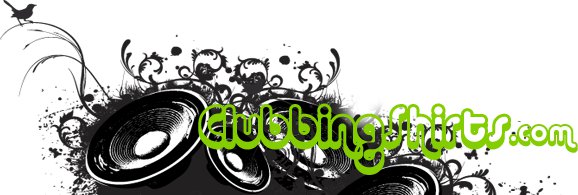While not all clubbers and ravers use club drugs, the culture of clubbing is increasingly gaining a bad reputation for the popularity of club drug use. Club drugs are loosely defined as a category of narcotics which refers to the recreational drugs commonly used in nightclubs and rave parties. The most commonly used club drugs are ecstasy, amphetamine variants, hallucinogens such as LSD or acid (Lysergic acid diethylamide) and magic mushrooms or shrooms (scientifically known as psilocybin).
Most club drugs are medically classified under Schedule I of the Convention on Psychotropic Substances. The Schedule I classification means that there is no proven medical nor therapeutic use for the specific substance. Also, drugs classified under Schedule I are those that pose a high risk for misuse and abuse, and have a lack of accepted safety for use even under medical supervision. Usually, when such classification has been made, the DEA (Drug Enforcement Administration) acts to restrict and monitor the distribution and sales of products containing the Schedule I-classified substances.
Because they have no proven medical or therapeutic use, club drugs are said to be classified in the “category of convenience,” as they’re used solely for recreational purposes. One of the reasons why hallucinogens and other club drugs are so popular is that they enhance the whole clubbing experience by heightening the audio-visual senses. The laser light shows and strobe lights become more vibrant and alluring, and you are thrown into a state of perceived bliss and euphoria. You also tend to lose your inhibitions, thus enabling you to have fun and engage in activities that you otherwise would’ve been to shy or hesitant to do.
Those under the influence of hallucinogens and psychedelic drugs also often experience synesthesia – a neurological phenomenon in which colors are perceived as turning into numbers, colors into words, or sounds into colors. Club drugs are also popular even among those who aren’t club-goers and ravers because these drugs allow them to escape from realities they find difficult to deal with, and they are transported into a world dissociated from the one they wish to escape.
